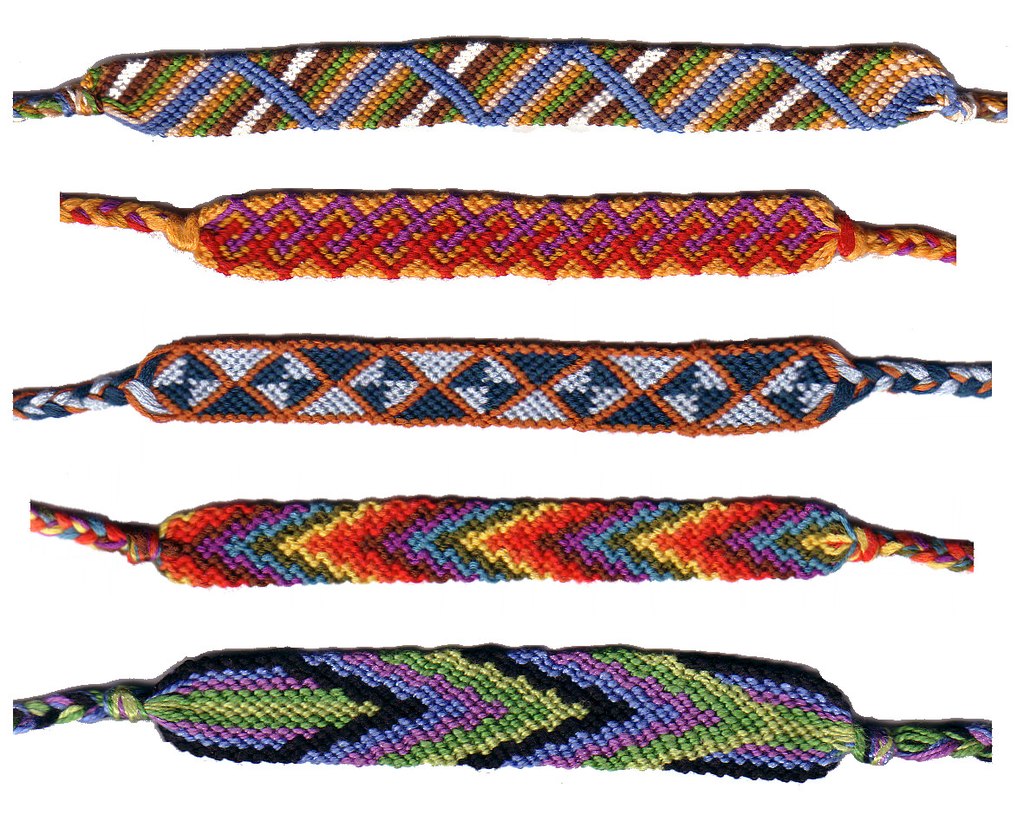Walking out on Picasso, as Françoise Gilot did in 1953, could not eliminate his impact on her own art and life. The ambiguity is right there in the final lines of what remains her most notable creation, the best-selling 1964 book Life with Picasso, coauthored with Carlton Lake: when she left Picasso, “he burned all the bridges that connected me to the past I had shared with him. But in doing so he forced me to discover myself and thus to survive. I shall never cease being grateful to him for that.”
It’s a peculiar statement that accords her rejected lover the motivating agency in her own self-discovery. And it’s unsupported by any careful reading of the rest of the book, which paints a clear-eyed picture of the world’s most renowned artist at the height of his fame, but also a vivid self-portrait of an inexperienced young woman from a privileged background—she was just 21 when she met the Spanish painter, who was 40 years her elder—who nonetheless had the sharpness of perception and toughness of spirit to enter an inherently unequal relationship without sacrificing her identity to it. I suspect that Gilot’s survival instinct was just as inherent as her sense of self. And survive she did: when she died this past June, she was 101.
Early on, Gilot experimented with abstraction but then seems to have accepted Picasso’s dismissal of abstract painting as merely a “kind of invertebrate, unformulated interior dream.” In any case, her paintings up through the 1960s are primarily representational—and, as with many French painters of her generation, they show the strong imprint of Picasso’s influence.
Later she began to alternate between imagistic and nonobjective modes, though she always attributed autobiographical content to her abstract works. In writing about her 1979–80 composition The Hawthorne, Garden of Another Time, a luminous arrangement of flat, clearly demarcated color forms, she described it as embodying “the recollection of looking toward my paternal grandmother’s garden in Neuilly”—the affluent Paris suburb where she was born in 1921—“through the red stained-glass windows of the billiard room on the second floor.” Distilling her memories and perceptions into abstract form, she often secreted fragments of imagery within her works, blurring the distinction. Still, it can be argued that it was in her efforts toward abstraction that Gilot achieved her true independence as an artist. There, she was free to use color, as she said, “to exaggerate, to go beyond, to pursue the extreme limit of what is suggested by the pictorial imagination.”
She also achieved double-barreled success, as both a painter and a writer: Though academic attention to her career has been scarce, her exhibitions were legion, and in 2021 a couple of her paintings sold for $1.3 million each through Sotheby’s and Christie’s. Her book Life with Picasso sold millions of copies worldwide and was succeeded by Matisse and Picasso: A Friendship in Art (1990) and the autobiographical Interface: The Painter and the Mask (1983).






